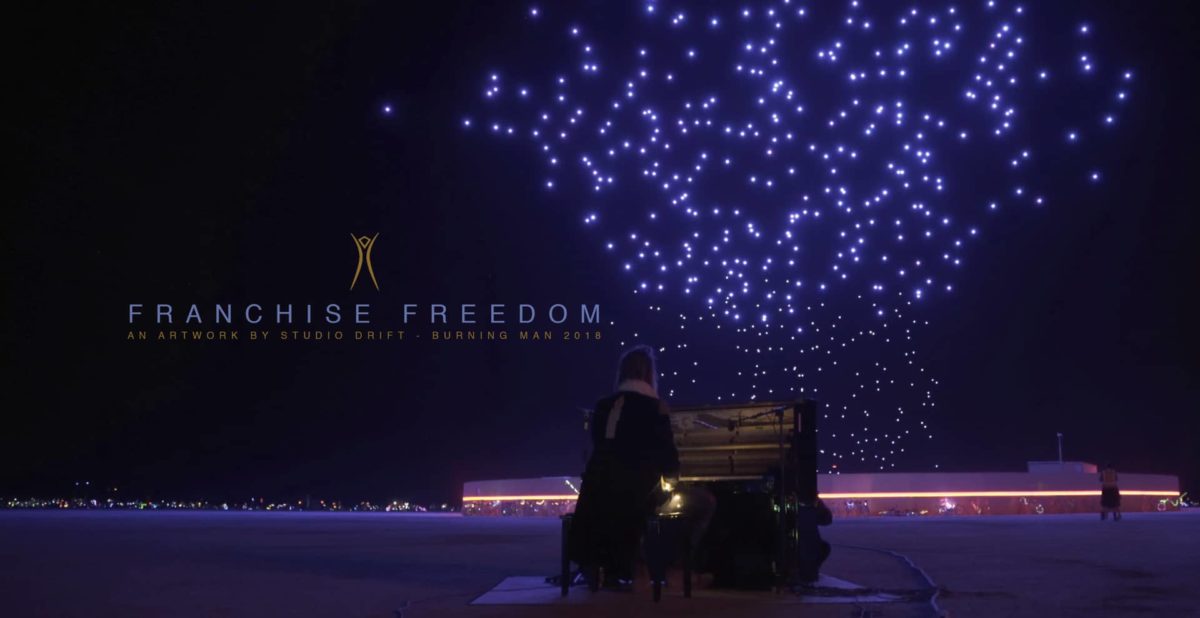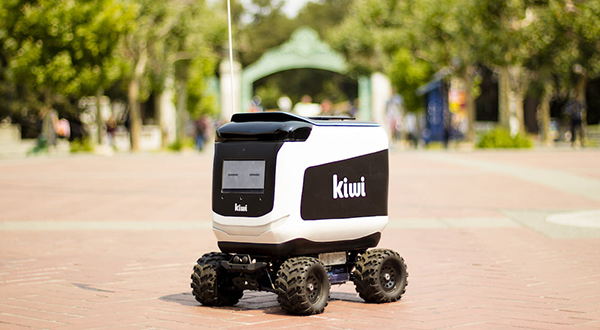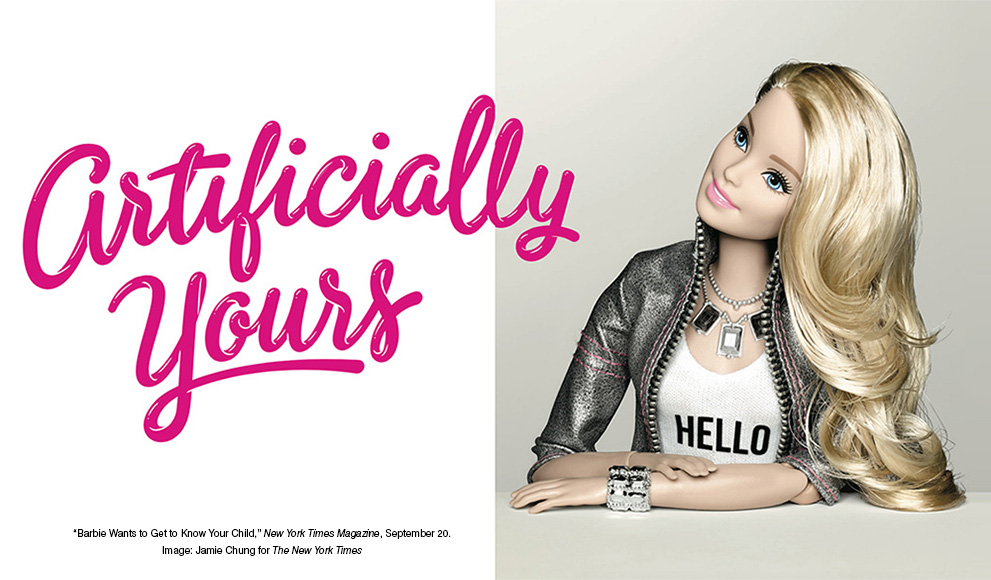Can you imagine walking around in the middle of a desert in Nevada, the dusk sets in, you’re surrounded by 80,000 people on one of the greatest festivals on the planet and you see a swarm of lights rising up above the partying crowd with soft tones of piano in the background?
According to many visitors, it was one of the most touching, inspiring and memorable art shows they have ever witnessed and the highlight of their visit to Burning Man 2018:
“I’ll never forget peddling my bike faster and faster racing out deeper and deeper to witness this, my eyes fixated and staring mesmerized into the sky…. I rode so fast that when I turned around to talk to the group, I realized I had ditched them and was separated lost in the deep playa alone with beautiful piano music and Studio Drift’s flying artwork …. thank you for this special moment.”
By using AI in a swarm of drones, art collective Studio Drift tried to visualize the concept of freedom and the relationships between individuals in a group. The algorithm allowed the drones to move around individually, as well as consider their relationship to each other in the swarm. This resulted in the unforgettable experience for Burning Man visitors described above. Click here to watch Franchise Freedom at Burning Man 2018.
Nowadays, many concepts like robotics, self-driving cars and human-like robots take center stage in the debate on the futuristic applications of AI. Consequently, these debates resonate within the creative sector, and artists often try to visualize debates on philosophical concepts like freedom with these new technologies.
However, visualizing these complex, ‘fuzzy’ ideas with technology is most definitely not an easy process, which I became very aware of after hearing a short anecdote about the creation of Franchise Freedom. When I attended a seminar on AI, one of the creators shared a story of how the creative members of the team were trying to tell an immensely frustrated team of engineers they were ‘just not feeling the right emotional response’ when they saw the finished product. I can only imagine how many iterations (and discussions) this development process needed to lead to a satisfactory outcome for both parties.
In the end, they managed to find a way to communicate and create an unforgettable experience for thousands of people. But I can’t help but wonder how they ever managed to create clear documents like a fitting Software Requirements Specification when I think back on our own experience in the Designing Business Applications course. Or imagine if you are a consultant like Deloitte, trying to find new ways for your clients to create value with these new technologies, having to navigate all these different stakeholders. It looks like a very challenging, yet amazing job to have!
What challenges do you see in working with these kind of innovative, creative applications of technology? And do you recognize the struggle of quantifying ‘fuzzy’ business requirements in project proposals?
References:
- Amsterdamdroneweek.com. (2019). PRESS RELEASE | Franchise Freedom | Amsterdam Drone Week. [online] Available at: https://www.amsterdamdroneweek.com/news/articles/the-european-premiere-of-franchise-freedom [Accessed 5 Oct. 2019].
- Rea, N. (2019). Next Stop: Burning Man. After the Launch of a 300-Strong Fleet in Amsterdam, Studio Drift’s Luminous Drones Will Fly Over the Desert. [online] artnet News. Available at: https://news.artnet.com/art-world/studio-drift-burning-man-drones-1332377 [Accessed 5 Oct. 2019].
- Studio Drift (2018). Studio Drift FRANCHISE FREEDOM at Burning Man. Available at: https://www.youtube.com/watch?v=2ixGWdzTah4 [Accessed 5 Oct. 2019].
- Studio Drift. (2019). Franchise Freedom — Studio Drift. [online] Available at: http://www.studiodrift.com/franchise-freedom [Accessed 5 Oct. 2019].



